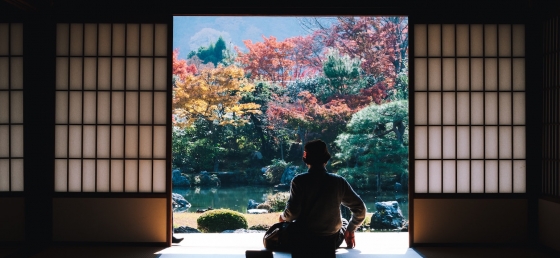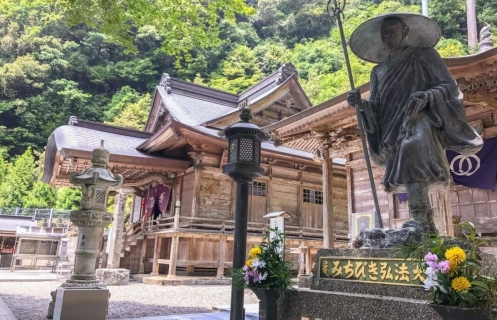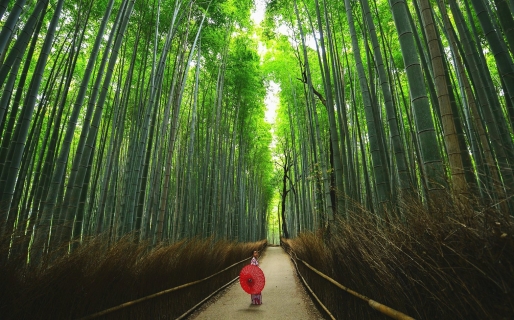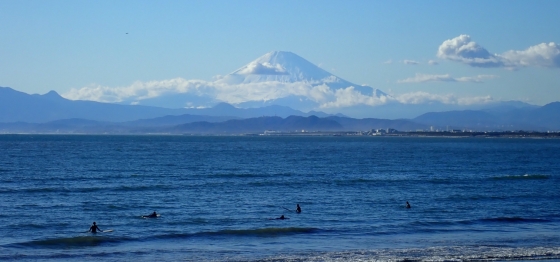Mount Fuji Climate by Month
The summit of Mount Fuji has a tundra climate. Below you can find weather and climate data from the summit of Mount Fuji.
Average day and night temperature
In Mount Fuji, temperatures differ significantly between summer and winter months. On average, daytime temperatures range from a comfortable 29°C in August to a chilly 7°C in January. Nighttime temperatures can drop, with averages reaching -3°C in January.
The mean minimum and maximum temperatures throughout the year
Precipitation and rainy days
Mount Fuji experiences significant rain/snowfall throughout the year, averaging 2272 mm of precipitation annually. The seasons in Mount Fuji, bring significant changes in precipitation. The wettest month, September, receives heavy rainfall, with an average of 286 mm of precipitation. This rainfall is distributed across 19 rainy days. In contrast, the driest month, December, experiences much less rainfall, totaling 93 mm over 10 rainy days. These distinct seasonal differences provide diverse experiences throughout the year.The mean monthly precipitation over the year, including rain, hail and snow
Average humidity
The relative humidity is low throughout the year in Mount Fuji.
Relative humidity over the year
The best time of year to visit Mount Fuji in Japan
During the months of May, June and September you are most likely to experience good weather with pleasant average temperatures that fall between 20°C and 26°C.Other facts from our historical weather data:
August has an average maximum temperature of 29°C and is the warmest month of the year.
The coldest month is January with an average maximum temperature of 7°C.
September tops the wettest month list with 286 mm of rainfall.
December is the driest month with 93 mm of precipitation.
No idea where to travel to this year? We have a tool that recommends destinations based on your ideal conditions. Find out where to go with our weather planner.




